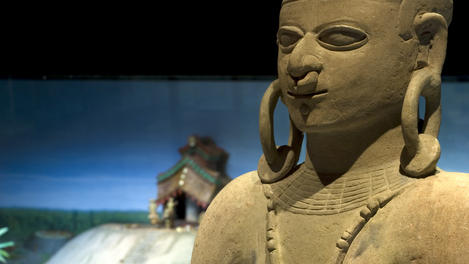Advertisement
Introducing Quito
Spread across a spectacular Andean valley and flanked by volcanic peaks, Quito’s setting alone is enough to strike you speechless. The historical center – or ‘old town,’ as it’s called – is a maze of colonial splendor, an Unesco World Heritage Site since 1978. Quito is currently flush with pride after 2006 marked the final installment of a massive restoration project that spruced up buildings and churches, brought historic theaters back to life and made the old town’s formerly sketchy streets safe to explore once again. Advertisement
Only a 20-minute walk from the old town, Quito’s ‘new town’ is a different world entirely; a mixture of multistory hotels, high-rises and drab government complexes. For travelers, its heart is the colorful Mariscal Sucre, which has trendy cafés, international restaurants, travel agencies, cybercafés, bars and small hotels. The area definitely lives up to its nickname gringolandia (gringo land), but quiteños (people from Quito) dig it too, so it keeps its Ecuadorian flair.
Last updated: Mar 2, 2009









No comments:
Post a Comment